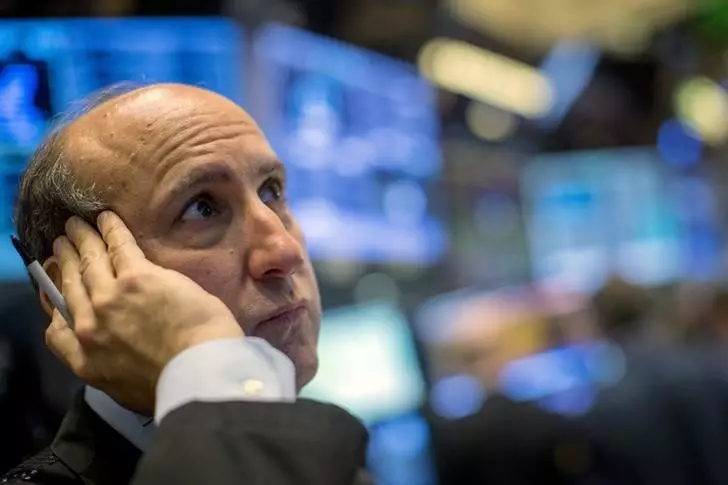The global economic outlook, as predicted by Citi economists, is facing significant changes in the near future. The Federal Reserve (Fed), the European Central Bank (ECB), and the Bank of England (BOE) are all expected to cut interest rates in September. This decision is based on various factors such as resilient services sectors, persistent inflation above official targets, and ongoing geopolitical pressures. Despite these challenges, Citi’s global growth forecast remains stable, with a projected slowdown to 2.3% this year from 2.7% last year, primarily concentrated in developed markets.
Citi economists anticipate a shift in consumer spending towards goods, which is expected to help mitigate labor market pressures and temper services inflation. The forecast suggests that the depreciation of consumer goods purchased during the pandemic spending boom, coupled with the introduction of new devices featuring AI applications, will drive this change in spending habits.
Recently, the ECB cut its deposit rate by 25 basis points, but this move was accompanied by relatively hawkish communication. The decision was influenced by concerns regarding recent wage data and inflation pressures, particularly from wages. Citi analysts now predict that the Fed, ECB, and BOE will initiate rate cuts in September, with further reductions expected throughout 2025. The call for synchronized rate cuts reflects a reading of domestic inflation pressures in each economy.
Central Banks’ Challenges
Major central banks have faced challenges in finding an exit strategy, with the Fed leading the way. Chairman Powell’s optimistic December press conference led markets to expect smooth rate cuts, but first-quarter inflation data exceeded expectations, leading to a reassessment of the situation. The Federal Reserve has adjusted its easing plans in response, with markets now pricing in fewer rate cuts for this year.
Eurozone and BOE
In the Eurozone, the ECB’s decision to cut rates was driven by the need to address wage inflation and support economic recovery. The euro-area economy is experiencing a restrained recovery phase due to ongoing monetary restrictiveness and less accommodative fiscal policies. Citi forecasts additional ECB rate cuts this year, with a terminal rate of 2%. The BOE, on the other hand, has been surprised by stronger-than-anticipated inflation data.
The global economic landscape is undergoing significant changes in terms of interest rates and inflation pressures. Central banks are facing challenges in finding the right balance between stimulating economic growth and managing inflation. The future trajectory of interest rates will depend on various factors such as consumer spending patterns, wage inflation, and geopolitical developments. It is essential for policymakers to carefully navigate these challenges to ensure sustainable economic growth in the long run.

